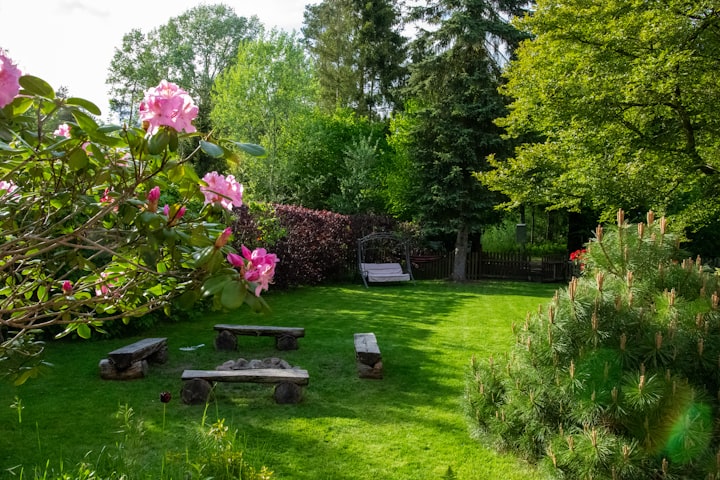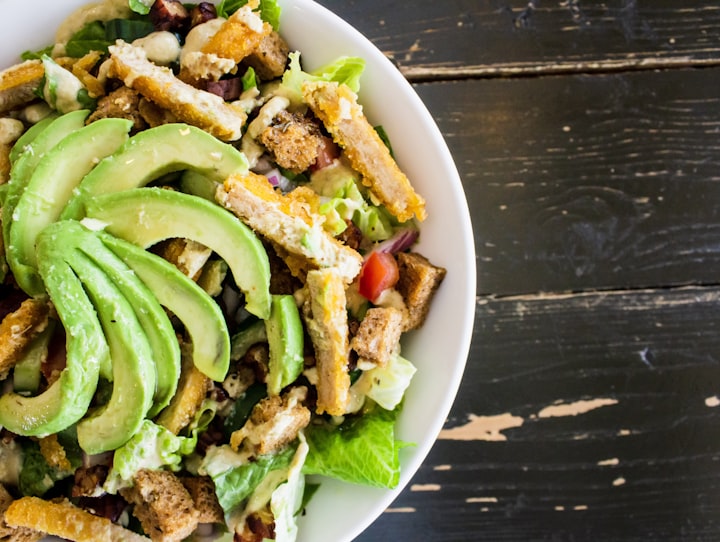The Best Natural Painkiller That Grows in Your Own Backyard
When we think of painkillers, we often turn to pharmaceuticals for relief. However, did you know that the best natural painkiller might be growing in your own backyard? That's right, nature has provided us with a powerful painkiller that is readily available and easy to use.
One such plant is chamomile, which is known for its calming properties and ability to relieve muscle tension and pain. Chamomile can be made into a tea by steeping the dried flowers in hot water for a few minutes. It can also be used topically as a salve or compress.
Mint is another herb that can be found in many backyards and is well-known for its ability to relieve digestive pain and headaches. Peppermint oil can be applied topically to the temples for headache relief, or taken internally as a tea or in capsule form for digestive issues.
One of the best ways to use plantain as a painkiller is to make a poultice. To make a poultice, you simply crush fresh plantain leaves to release their juices, then apply the mashed leaves directly to the affected area. You can also use dried plantain leaves, which can be found in health food stores or online.
Plantain poultices are particularly effective for insect bites, stings, and other skin irritations. The anti-inflammatory properties of plantain can help reduce swelling and redness, while the allantoin can help speed up the healing process. Plantain poultices can also be used for joint pain and muscle aches, as well as headaches and toothaches.
Another way to use plantain as a painkiller is to make a tea. To make plantain tea, simply steep fresh or dried plantain leaves in hot water for 10-15 minutes, then strain and drink. Plantain tea can be helpful for digestive pain, menstrual cramps, and other types of internal pain.
Plantain can also be used in combination with other herbs for added pain relief. For example, you can make a tea with equal parts plantain, chamomile, and peppermint for a soothing blend that can help relieve tension headaches and muscle pain.
Finally, willow bark is a natural pain reliever that has been used for thousands of years. It contains salicin, which is a precursor to aspirin, and can be made into a tea or taken in supplement form.






Comments
There are no comments for this story
Be the first to respond and start the conversation.